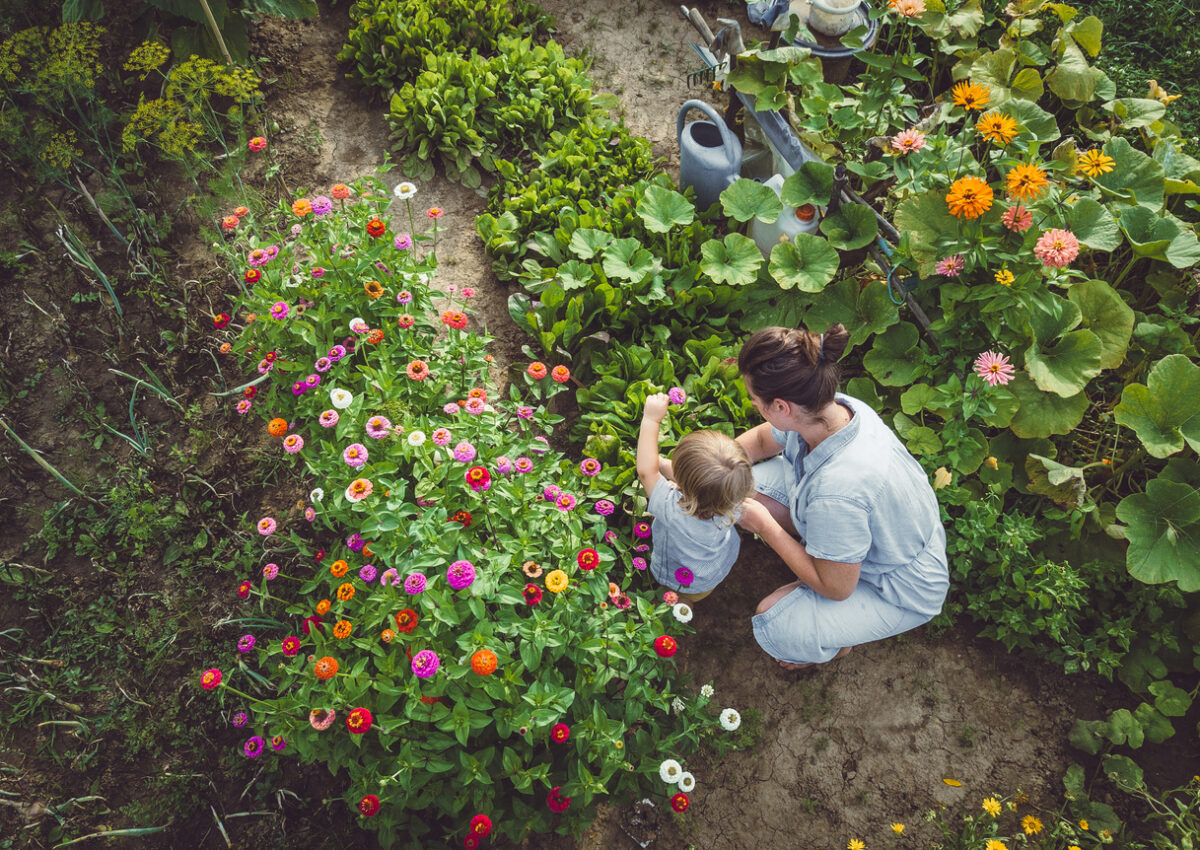

We may earn revenue from the products available on this page and participate in affiliate programs. Learn More ›
North America is home to many native plants, but some species’ populations have dwindled because of environmental factors or human intervention. Helpful gardeners can grow many at-risk or endangered species in their gardens, however, provided they give the plants what they need to thrive.
It may be difficult to find seeds or seedlings for these species, but contributing to these native plants’ survival is worth the effort. Depending on where you live, you can grow some of these threatened and endangered plants at home.
1. Yellow Coneflower (Echinacea paradoxa)
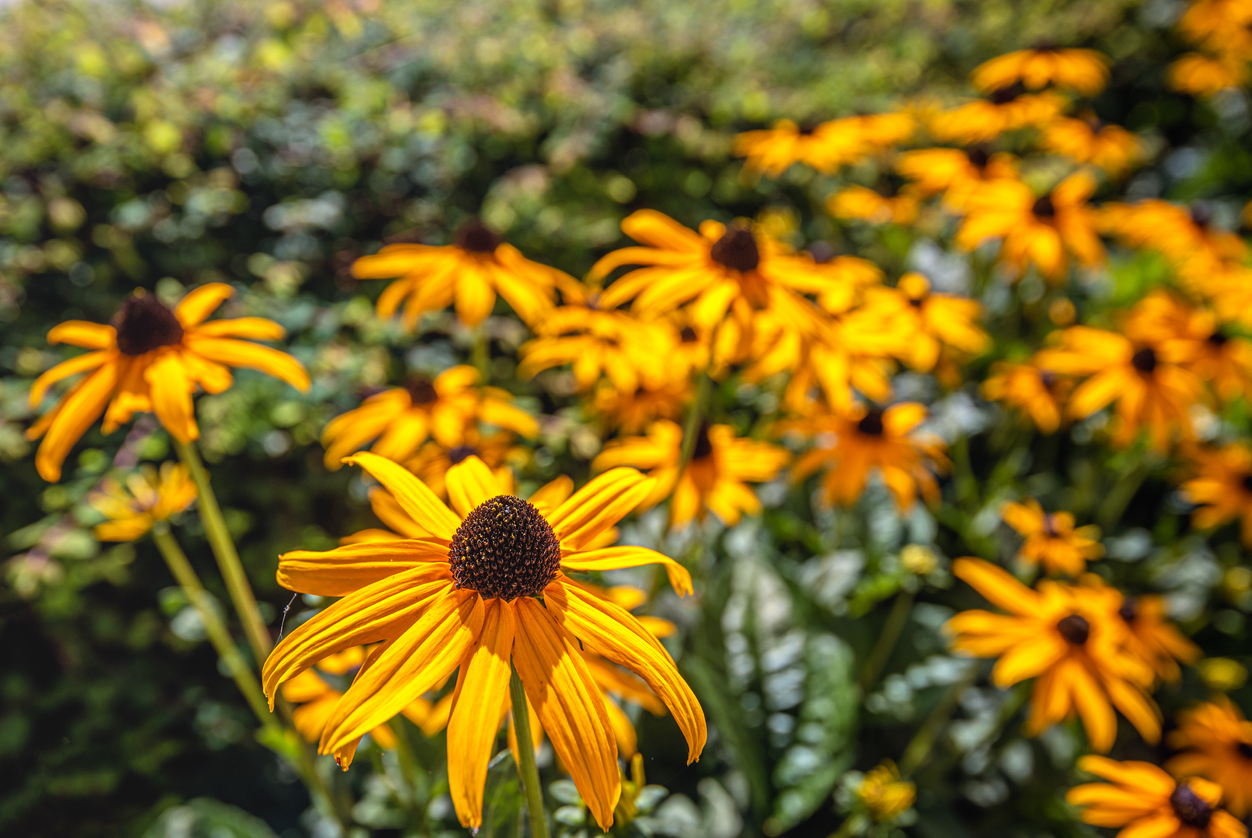
This rare perennial is native to the rocky glades of Arkansas and Missouri and grows as far south as Texas. It produces flowers with bright yellow petals and reddish-orange cones during late summer and early fall. Although threatened in its natural habitat, yellow coneflower is actually quite easy to grow and requires only full sun and well-draining soil. Backyard bird lovers will appreciate the fact that the heads of these flowers tend to attract goldfinches and other bird varieties.
RELATED: 34 Amazing Plants That Are Native to North America
2. Vasevine (Clematis viorna)
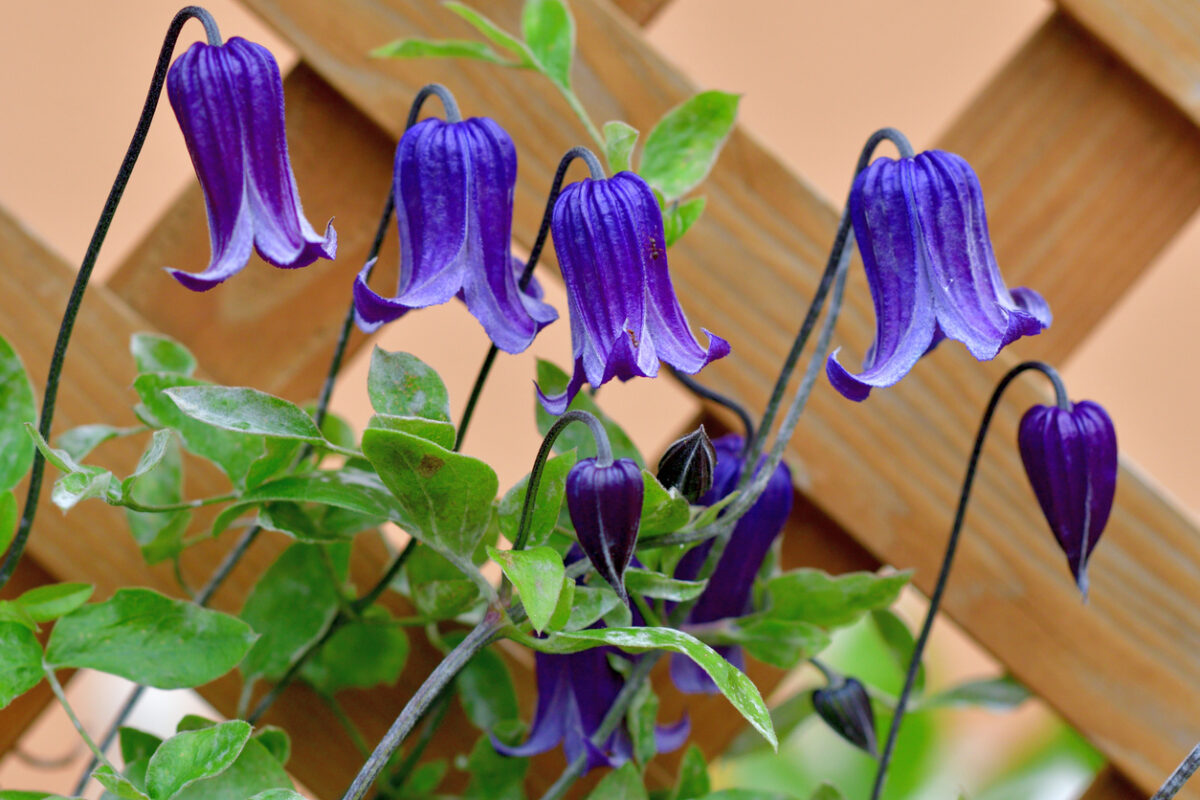
Flowering in late summer and early fall, vasevine is an unusual climbing vine with pink flowers that look like small bells. Vasevine grows on wooded slopes and edges, in open woods, and along streams. It prefers moist soil but can adapt to dry conditions as well. The plant grows best in full sun and can be propagated by seed or cuttings. It’s important to note that deer love vasevine, so gardeners should take humane measures to protect seedlings from these animals.
3. Golden Barrel Cactus (Echinocactus grusonii)
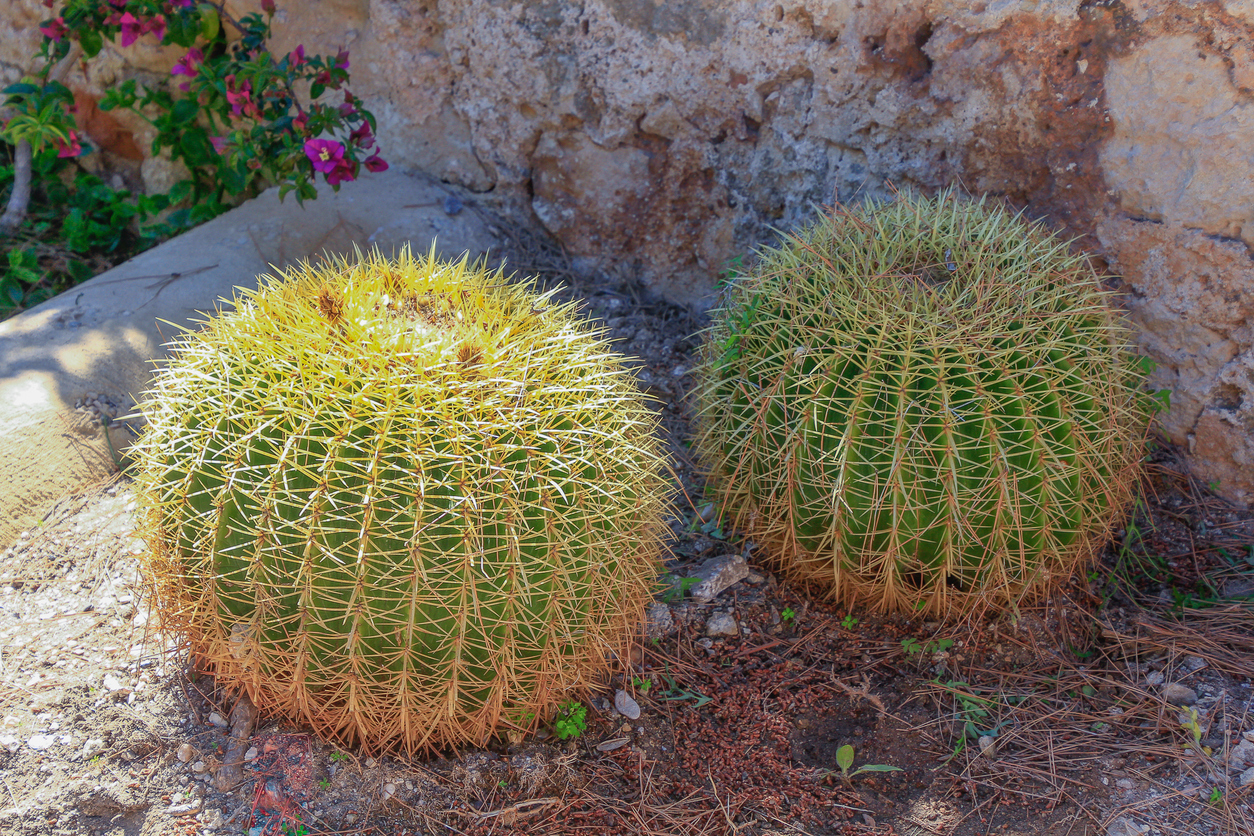
Also known as “mother-in-law’s cushion,” the golden barrel cactus can live for more than 100 years and is a popular drought-tolerant plant in warm climates. Sadly, it’s endangered due to habitat loss from land development and overgrazing. If you live in USDA hardiness zones 9 to 11, grow this endangered species in your garden and be sure to keep it protected from grazing animals. This variety is full of surprises, and it will only flower for the first time several years after being planted.
RELATED: Grow This, Not That: 12 Native Alternatives to Invasive Plants
4. Sweetbay Magnolia (Magnolia virginiana)
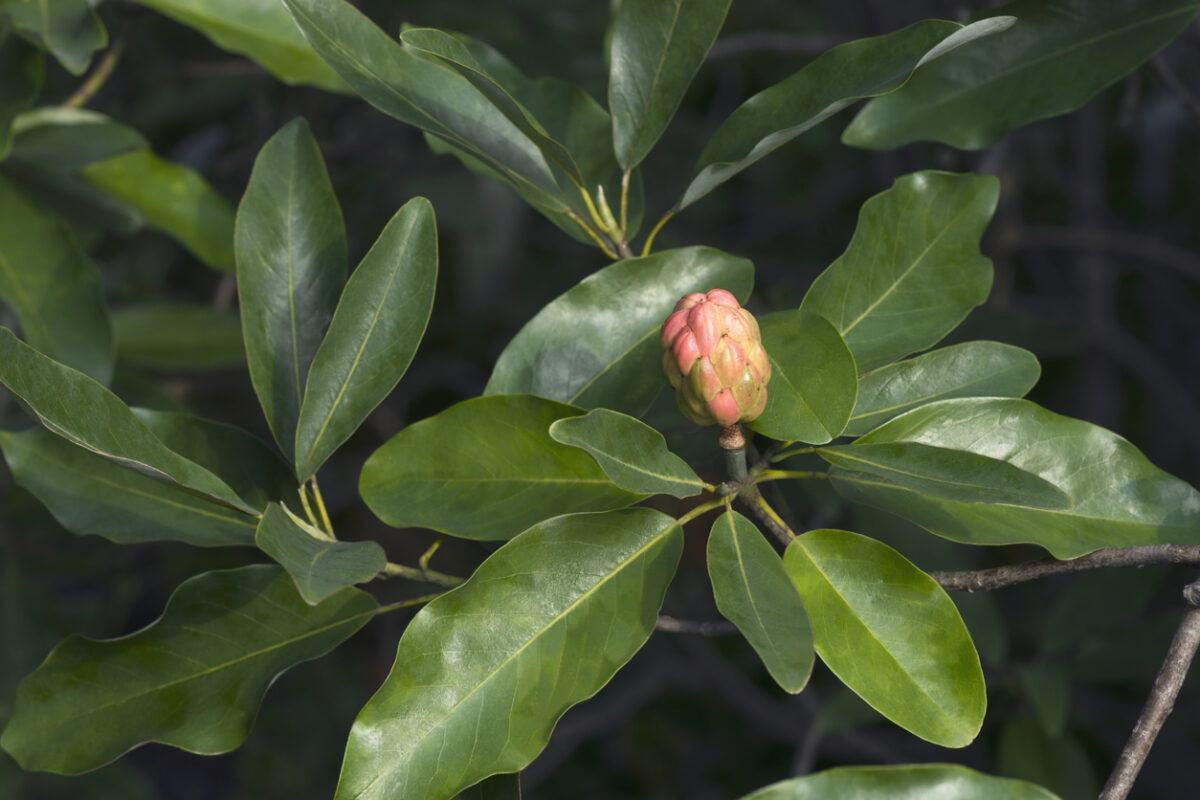
Magnolia trees are known for their beautiful blooms, but the sweetbay magnolia variety is critically threatened in Pennsylvania and endangered in Massachusetts. This tree produces a subtle but sweet fragrance that attracts butterflies and birds, making it a great pollinator garden addition. That said, it’s worth noting that sweetbay magnolia trees do not produce the large showy flowers typical of other magnolia varieties.
5. Possumhaw Viburnum (Viburnum nudum)
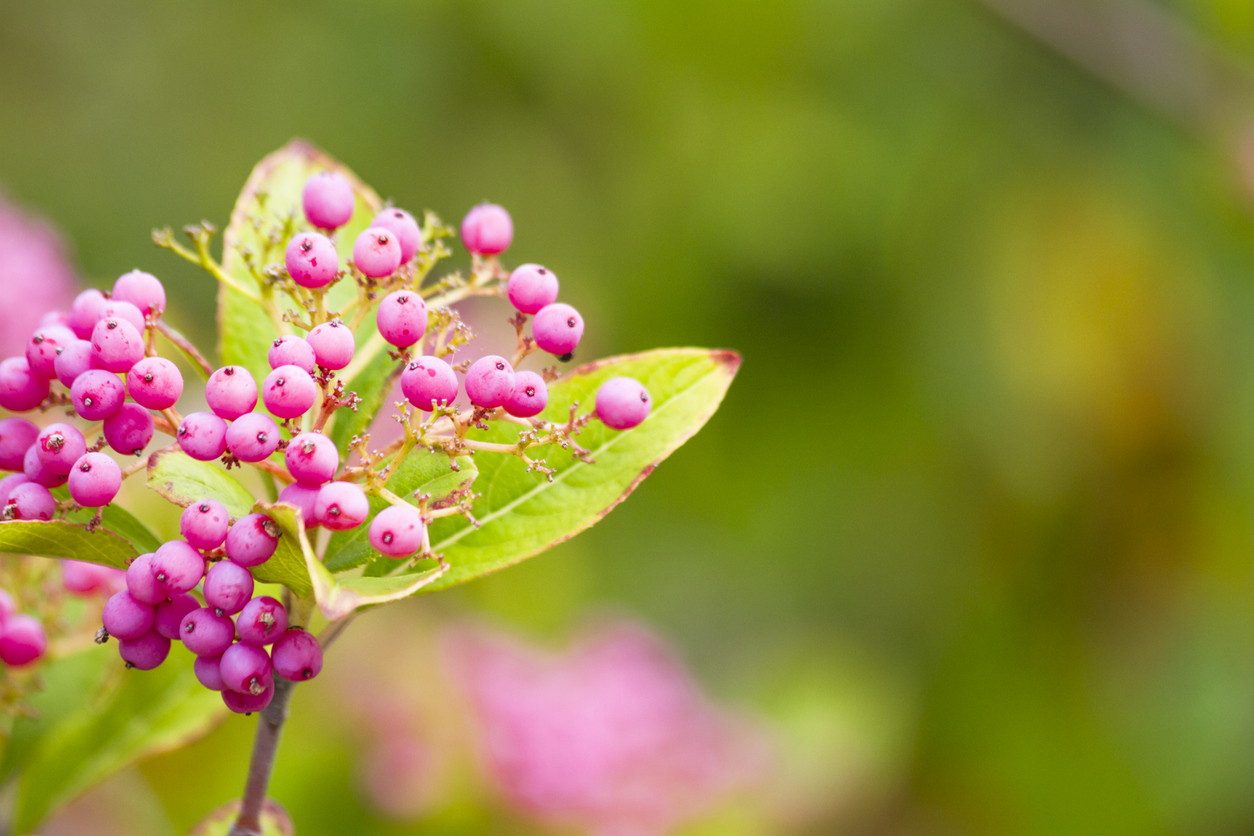
This deciduous shrub is native to the East Coast, where it can usually be found in moist areas like woodlands and river bottoms. Possumhaw viburnum is considered endangered in Pennsylvania, where river damming has destroyed the plant’s wetland habitats. It produces year-round beauty with its dense growth habit and showy white flowers that bloom in mid-spring, followed by coral-red berries in the fall.
RELATED: Here’s What Your Favorite Houseplants Look Like in the Wild
6. Prickly Pear Cactus (Opuntia spp.)
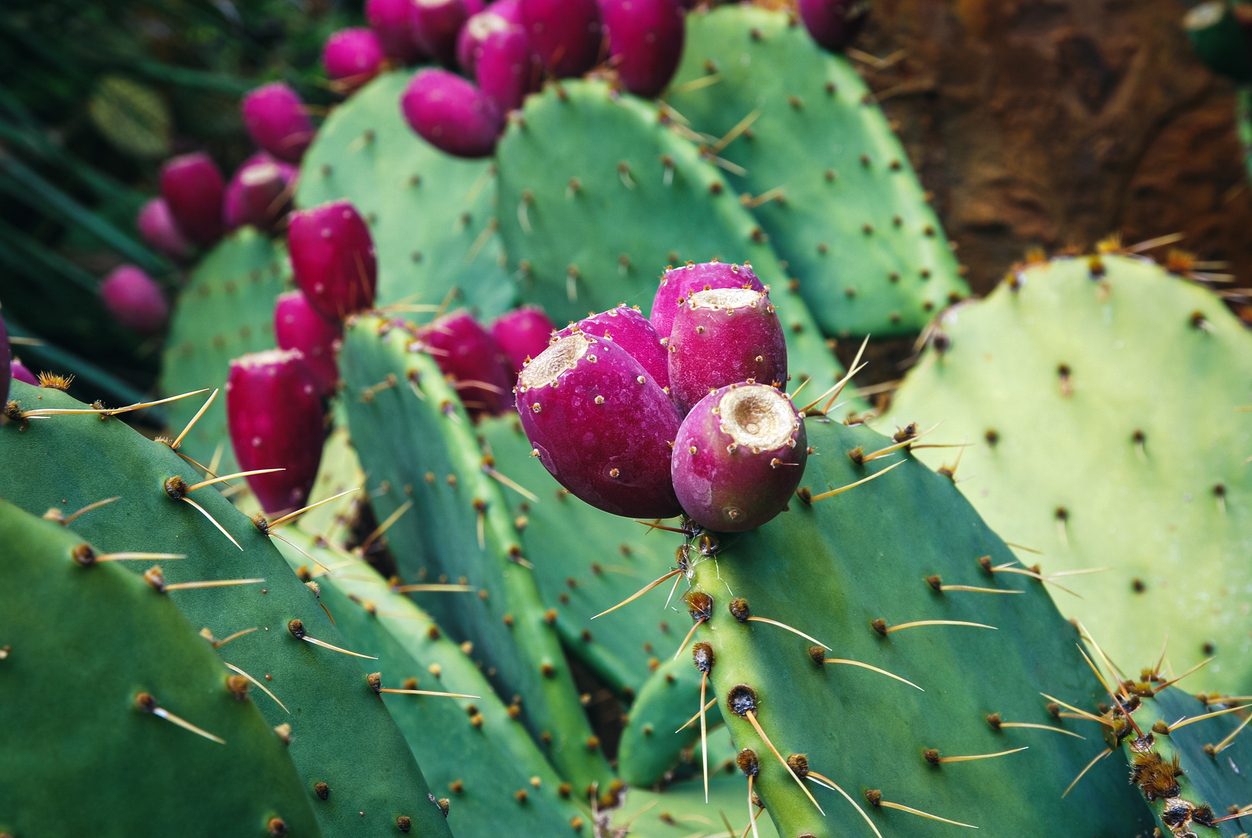
Prickly pear cactus has a striking appearance and bears delicious fruit, but several species are endangered in their natural habitats. A prickly pear’s yellow flowers bloom in June and July, followed by edible red fruit that ripens in August and September. These cacti are an important food source for wildlife, especially birds. Prickly pear does best in full sun and prefers dry soil, and it can be propagated from seed or cuttings year-round. To collect seeds, pick the fruit when it turns a bright red color, wash off the pulp, and let it dry.
7. Barbara’s Buttons (Marshallia grandiflora)

Barbara’s buttons produce large purple-mauve flowers with a white center and dark veins, making them reminiscent of thistle. This perennial is native to the eastern U.S., where it’s threatened by habitat destruction resulting from development, agriculture, and logging. It grows best in full sun but appreciates some afternoon shade in hot summer climates. It thrives in dry soil and blooms from spring through summer.
RELATED: 20 Plants That Thrive Even When Temperatures Rise
8. Flame Azalea (Rhododendron calendulaceum)
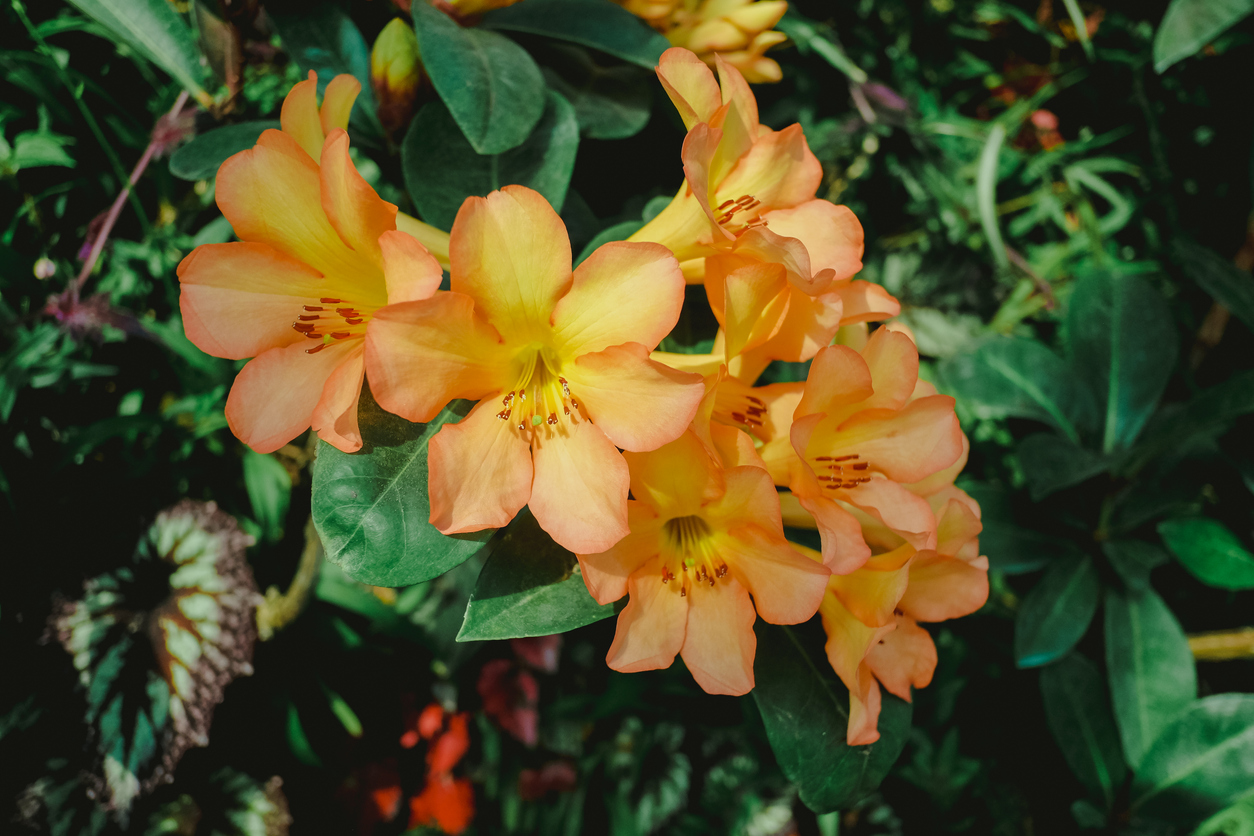
This showy shrub is native to the Appalachian Mountains, where it often grows on steep cliffs and mountainsides. Flame azalea flowers as early as April and as late as June, but its annual bloom time has grown shorter in recent years, likely due to climate change. This species is threatened by habitat destruction, collection, and pollution. If you want to grow flame azalea, be sure to purchase responsibly to ensure you’re not contributing to its threatened status.
9. Baseball Plant (Euphorbia obesa)
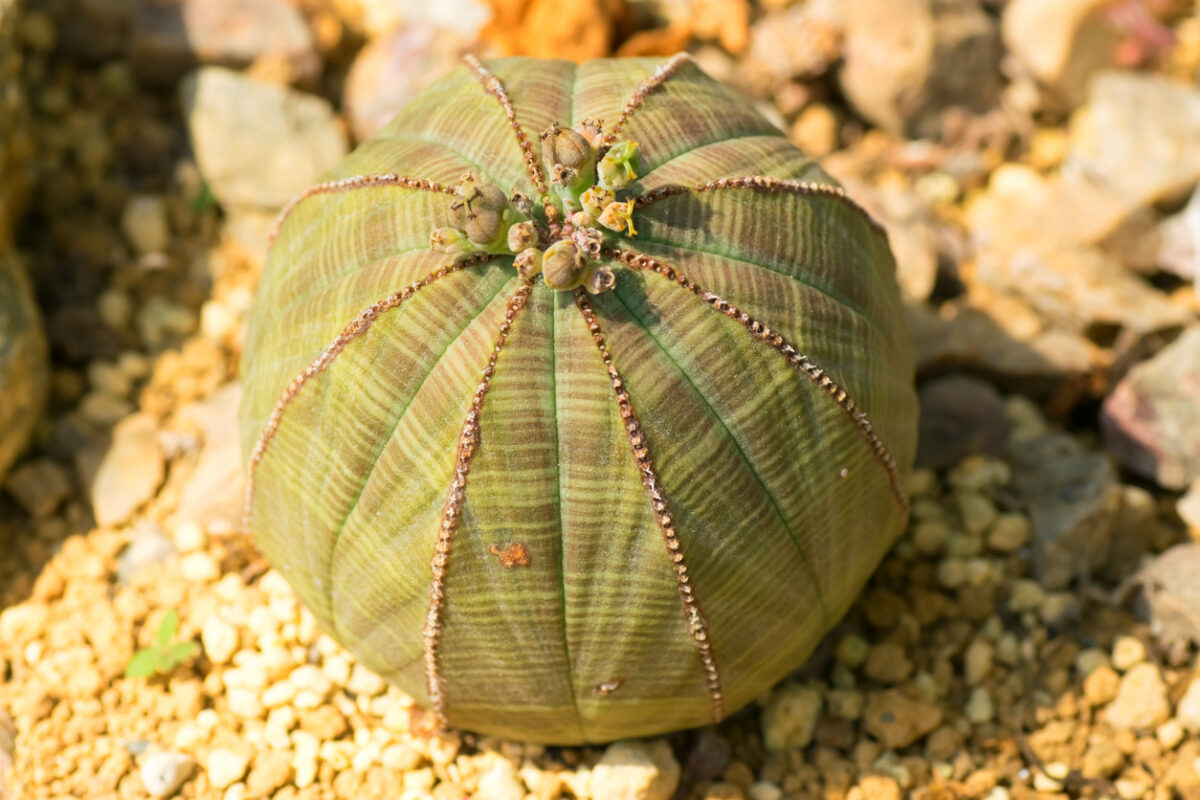
Although native to South Africa, this succulent is endangered because of collectors and habitat fragmentation globally, including North America. Luckily, this quirky-looking variety can thrive as a houseplant and be grown outdoors in some U.S. climates (or taken outdoors for summer, then back inside for winter). Its care requirements are similar to those of most other succulents, as it prefers very well-draining soil and very little water. Try planting it in a cactus mix for the best results.
10. Rose Pogonia (Pogonia ophioglossoides)
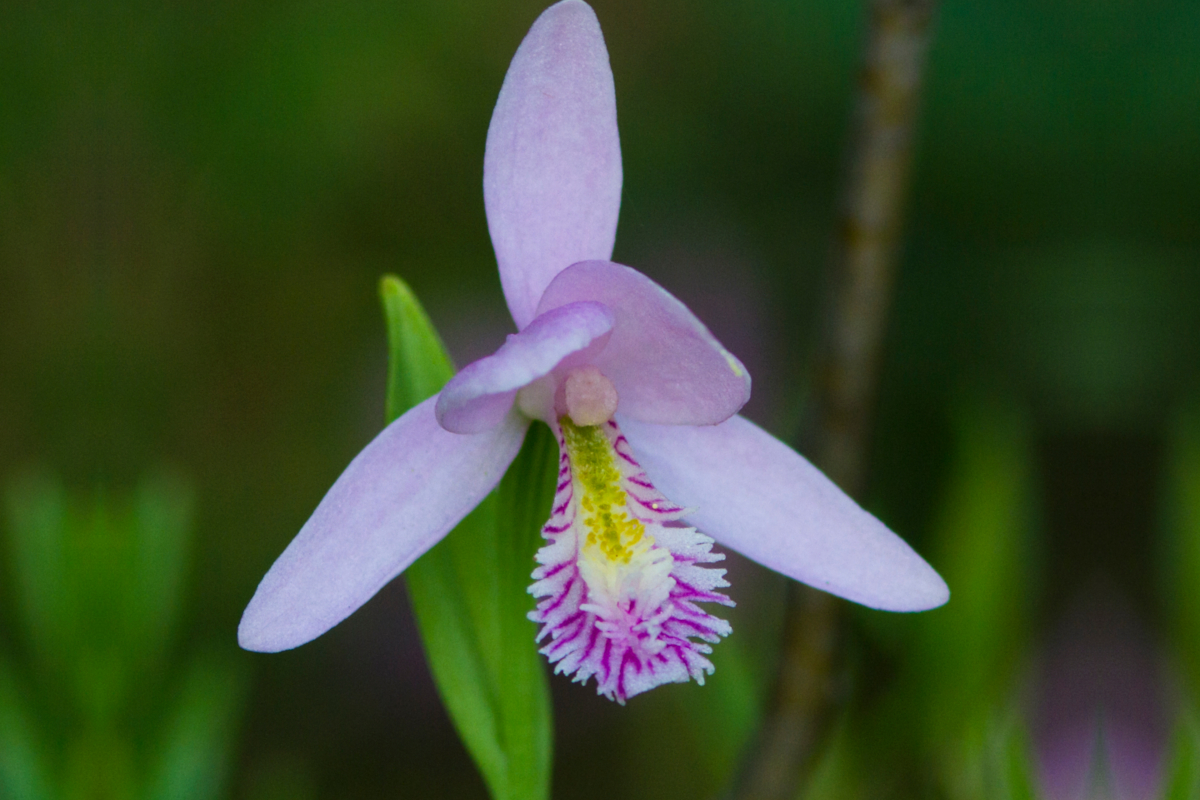
This pretty orchid is a sight to behold, but it’s unfortunately threatened or endangered in most states where it grows. Native to eastern North America, it needs moist soil and some shade to thrive, as it grows naturally in bog-like conditions. For proper rose pogonia care, you’ll need soil with a high organic-matter content (peat moss works well) and a cool, shady spot where it won’t be bothered by people or pets.
RELATED: 12 Ways to Rewild Your Suburban Plot
